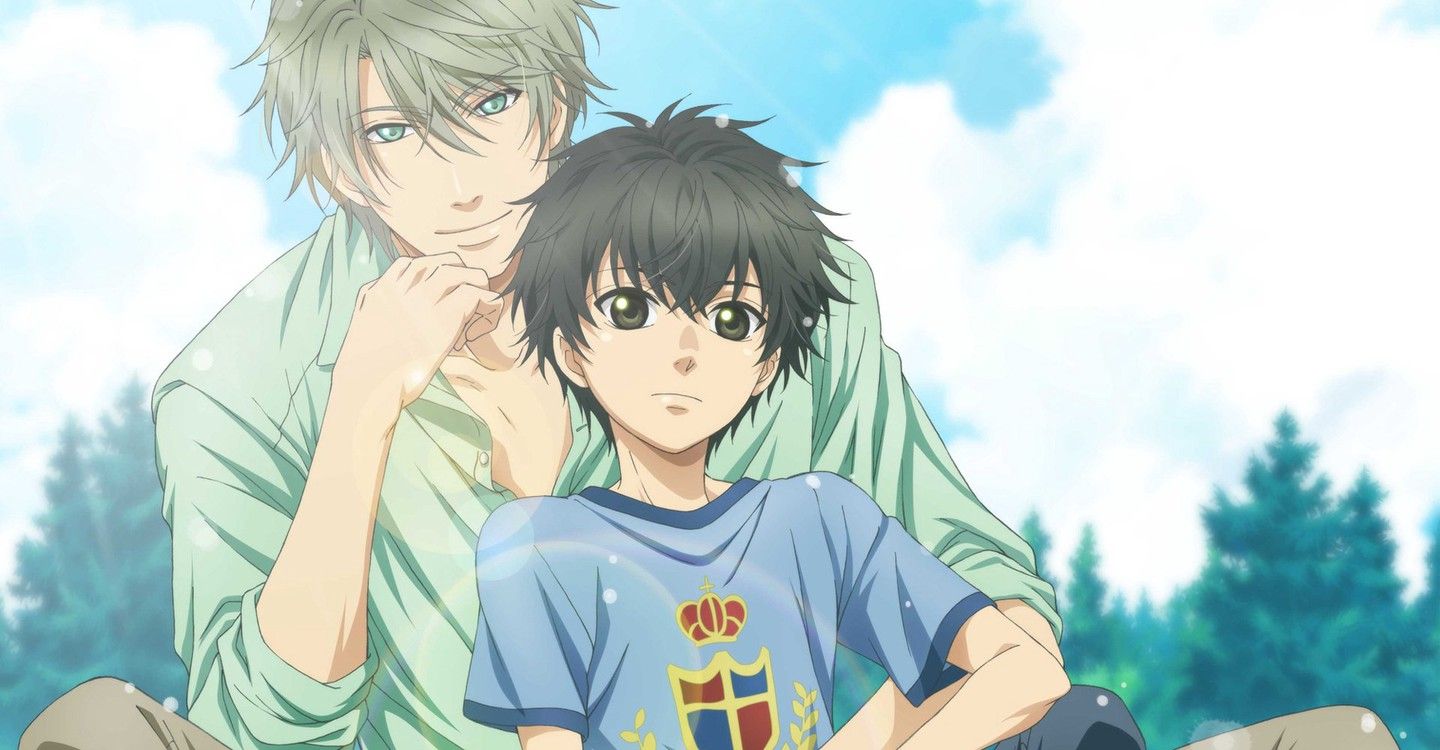Boys’ Love has always been a genre with a controversial genre in the anime and manga world. Whether due to homophobia or the assumption that all BL is 18+ content, critics typically have something negative to say about it. That opinion is slowly changing, thanks to streaming services providing access to BL anime and the new additions being made to the genre. Audiences worldwide praised Given to the point that even non-BL fans enjoyed it, and Sasaki and Miyano had similar treatment.
However, as BL has grown in popularity, critics are more numerous and vocal than ever before. Perhaps because recent BL has been treated as more than a niche for fetishizing same-sex relationships, many fans are upping their standards. Meanwhile, others see potential harm in the genre as it is currently. These complaints largely center around three tropes common within BL.
Dubious Consent
Many BL series involves or implies sexual content, and there are some trends within it that can be upsetting for some viewers. Despite being just as prevalent in media about heterosexual couples with far fewer complaints, dubious consent, or “dubcon”, is a big problem for a lot of BL fans. Dubcon specifically refers to when a character’s consent in a sexual situation is unclear for any reason. For example, in any story where two strangers get drunk and get together at a party, the consent is questionable because both people were inebriated at the time. While they may regret the decision once sober, but this is different situation than the act being completely nonconsensual by one or both parties. However, it does tread the line.
The main argument against dubcon in BL is how common it is in such a small pool of series. In Yes, No or Maybe?, Kunieda and Suzuki bicker over how far they’re going to go while in the act, and part of why Dakichi became so controversial is because it starts out with blackmail. Even Kaze to Ki no Uta, which is largely considered the first ever BL series, has dubcon and noncon elements.
While it’s understandable why dubcon can make viewers uncomfortable, it is a trope that is still very commonplace in BL works and other romance genres. Going forward, fans just want to see more series where it doesn’t occur because it isn’t for everyone.
Age Gaps
Classics like Junjou Romantica are prime examples of this. Half of the couples in the series have an age gap of ten years or more, and its sister series Sekaiichi Hatsukoi’s biggest gap is in the same range. That said, fans will argue that Junjou Terrorist is one of the most loving relationships out of the pairings in the franchise, despite the couple having a 17-year age difference. While these kinds of relationships can work, the issue seems to be more focused on BL series like Super Lovers because of the content.
Large age gaps between romantic partners is becoming less socially acceptable as time goes on because of the predatory nature that it can have. The public is becoming more informed about the power imbalance in such relationships and are shunning them. Plenty of viewers simply don’t like age gaps and avoid content that includes it. But these complaints at large need more context. For example, while Junjou Romantica’s Misaki and Usagi have a ten-year age difference, the pair don’t enter a relationship until Misaki is 18. While Super Lovers’ Ren and Haru aren’t as intimate as a lot of BL couples, their relationship starts when Ren is 16. Many who complain about this simply want him to be 18 so that both parties are adults.
Heteronormative Dynamics
Despite being the only place in anime and manga where romantic relationships between two men are guaranteed, Boys’ love can still be very heteronormative. This is signified by a few things, with the most obvious being character designs. Often, the pairings in a BL contain characters that are stereotypes by traditional masculine and feminine traits. One half of the relationship is tall, broad shouldered, has a more angular face and a deeper voice, while the other is shorter, with rounder features and a more neutral voice. This trope is found in classics like Gravitation, as well as newer titles like Love Stage!! and Sasaki and Miyano.
These physical differences aren’t just used for the sake of basic character design. Just like any other series, the designs are created to tell the audience about the character with visuals. In the case of BL, this usually means telling the audience what role a character plays in the relationship. While not a rule, the norm is that the bigger, more masculine one serves as the “man” and the smaller, more feminine one is the “woman” in the relationship.
This can be offensive to LGBTQ+ people because others are trying to categorize a relationship that doesn’t fit into the boxes they want it to. The community largely agrees that someone’s appearance should not dictate their interests or what they want out of a relationship, but BL does this regularly. An easy fix for this is crafting characters who look and act more like equals than molds of heterosexual roles.

.jpg)
.jpg)














Leave a Reply